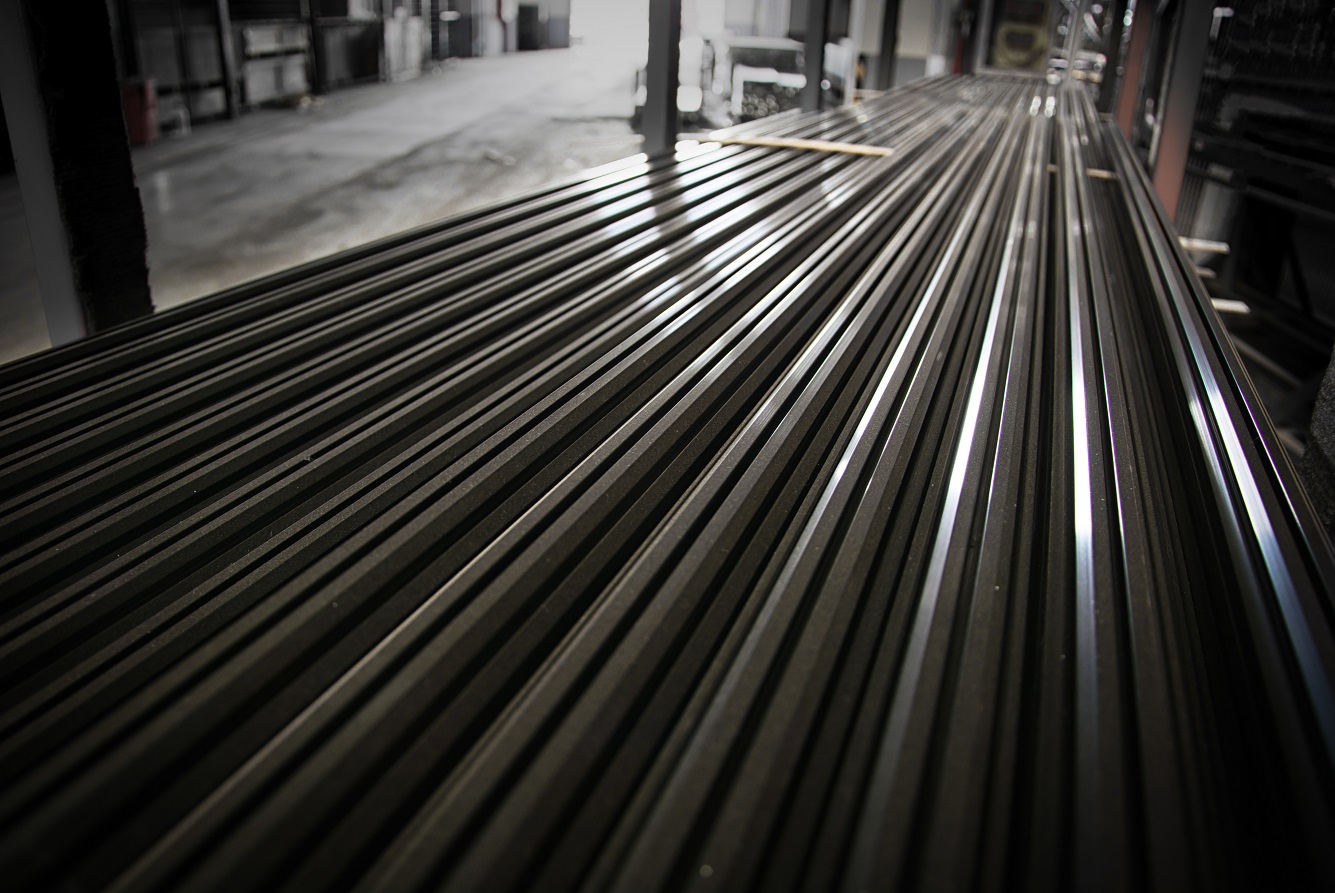

Steel metal bending is a delicate dance between precision and technique, and at New Mexico Metals LLC, the best metal supplier in Albuquerque, we have mastered this process to offer you correctly bent parts for your successful projects.
However, it has a great challenge: metal deformation, which can occur for multiple reasons.
Read the blog to learn what causes deformation and how we avoid it to ensure that your bent sheet metal parts remain distortion-free and pristine.
There are multiple causes of deformation during metal bending, which include:
Deformation is easy to avoid if you follow the guidelines and exercise the best practices. Here are some tips on preventing deformation in bent sheet metal parts.
Choosing the right material is very important for the success of your project. Using a softer metal like aluminum is wise if your project requires intricate details. Bending a hard metal is challenging, and the metal might snap or fracture. Different projects require different metals, so figure out which is suitable for your project and the best metal bending strategy. Following all the metal bending instructions will ensure it can withstand the bending process without damage.
The distinct properties of a metal define its bend allowance. You must determine the metal’s thickness, the extent of required bent, angle, and radius of bend to determine how much you can stress the metal during bending without snapping.
Accurate calculation will help you avoid waste of time and resources.
While sheet metal bending requires proper skills and technique, investing in appropriate machinery and tools is equally important. Invest in high-quality tools, including punch and dies, sheet rolling machines, plate rolling machines, tube benders, etc., to ensure consistent bending and reduce the chances of localized stress concentration that could lead to deformation.
The bend radius is the inner curvature of the metal being bent. The minimum radius should be maintained without damaging the sheet metal, tube, or pipe.
Choosing an appropriate bend radius is vital to prevent deformation. A bend radius that is too tight can lead to cracking or warping, while a generous bend radius distributes stress more evenly.
The sudden excessive force exerted on the metal can cause deformation. Every aspect should be in moderation, including bending force. Use the appropriate force, whether through mechanical press brakes or hydraulic equipment, to achieve the desired bend without overloading the material, and you shall have the perfect metal bends.
Springback is when the metal slowly springs back into its former state after the metal bending. The primary reason for a springback is that the center of the metal is in an elastic state. The metal also springs back into its former position due to elastic deformation.
To counter springback, apply an over-bending technique where the part is slightly over-bent to compensate for the subsequent rebound.
Pre-bending involves bending the material slightly in the opposite direction before the final bend. This compensates for springback. Post-bending processes can also be employed to correct any minor deformations that might have occurred during bending.
Complex bends require startup and backing tools, which help distribute pressure more evenly and uniformly. These tools can be a great aid in maintaining the material’s shape and preventing any mishap during the sheet bending.
Temperature also plays a massive role in metal bending and might cause deformation if the temperature is not controlled. Cold forming increases the risk of deformation or cracking. Heating the metal before bending helps in achieving the required bend.
Whether you’re crafting intricate designs or industrial components, the meticulous attention to detail in the bending process ensures that your sheet metal creations retain their shape and integrity, standing as a testament to the precision and craftsmanship of your work.
You must allow professionals to perform the tedious work if you are an amateur.
We are New Mexico Metals LLC, the top-quality metal supplier in Albuquerque, and our expertise extends to metal shearing, drilling, notching, punching, drilling, etc. We deal in all metal types and will assist you in the best possible way.
Visit us for your metal bending needs!